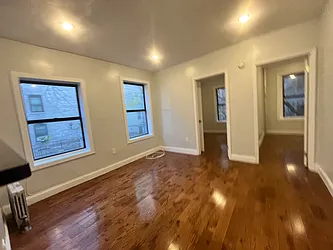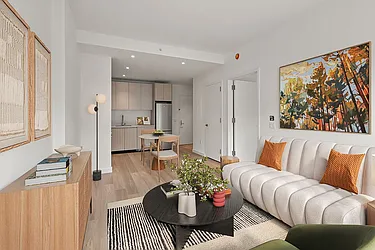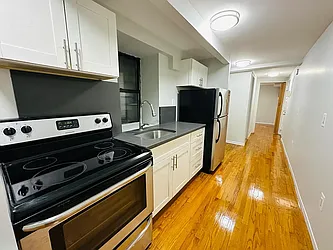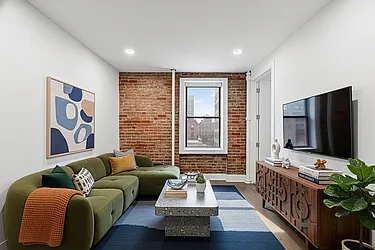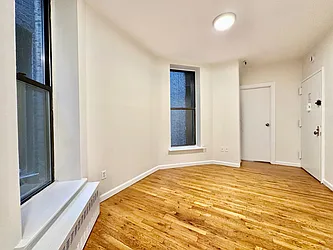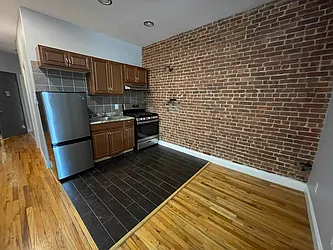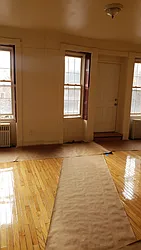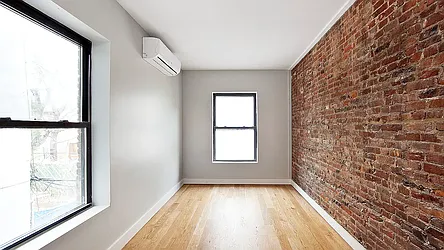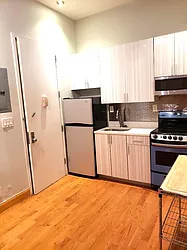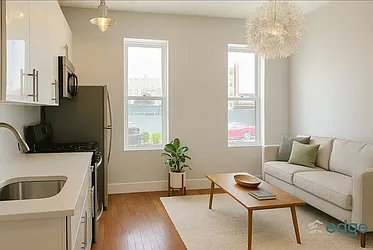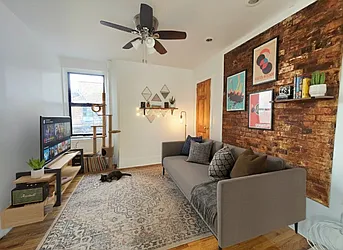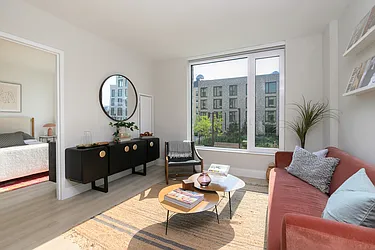COVID-19 + NYC Real Estate
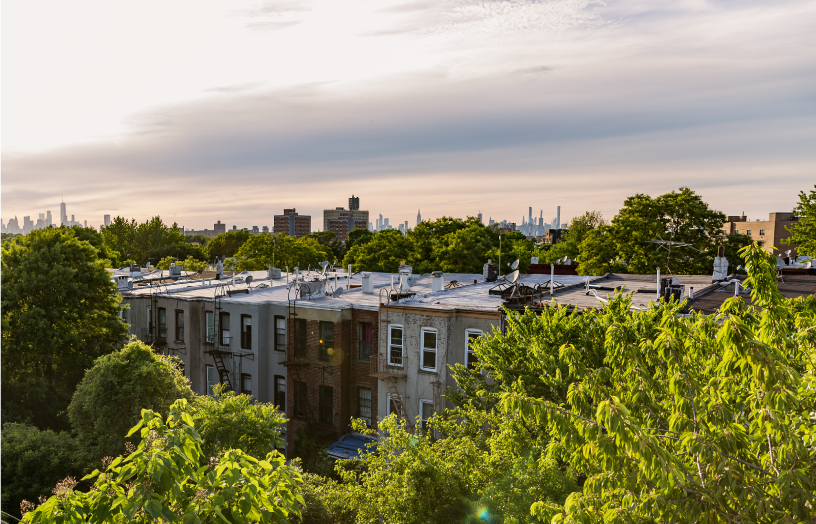
StreetEasy’s Q2 2020 Market Reports show interest in the outer boroughs surging as Manhattan rents fell for the first time since the Great Recession. (Getty Images)
As New York City faced the worst impacts of the coronavirus pandemic in the second quarter of 2020, the city’s real estate market reeled. Demand for rentals plummeted at a time when it normally rises, interest in the outer boroughs shot upward, and rents in Manhattan fell for the first time since the Great Recession, according to StreetEasy’s Q2 2020 Market Reports [1].
The period saw a record high for rental discounts in Manhattan. Some 34.7 percent of all borough rentals received a discount, indicating a sharp reduction in renter demand. Landlords cut a record 6.7% off the median asking rent in the borough, equivalent to $221 per month for the median apartment.
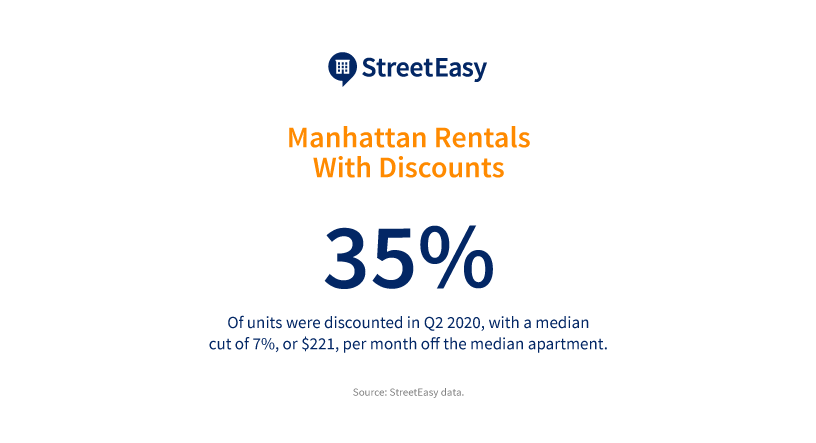
The same drop in demand also caused the StreetEasy Manhattan Rent Index [2] to fall year-over-year for the first time since the Great Recession, sinking 0.9% to $3,236.
Yet while demand for new rentals fell, interest in those same apartments — as measured by anonymized StreetEasy user search data — rose over last year, especially in the outer boroughs. Stay-at-home-orders drove a flood of online home shopping, and StreetEasy searches for rentals in all three boroughs analyzed increased over 2019.
Manhattan 1-2BRs Under $2,700 on StreetEasy Article continues below
Brooklyn saw the biggest jump in user interest, with 26% more searches than 2019, while Queens searches rose 24%. Even searches for Manhattan rentals increased at 15% year over year. This suggests that in addition to renters seeking new homes, others were watching to see how the pandemic might impact the city’s historically high rents.
Virtual Tours Replace Central Location as a Top Priority
Landlords, meanwhile, responded to the stay-at-home restrictions with a surge in virtual tour offerings. Agents and landlords uploaded 54 times more walkthrough videos on rental listings in the second quarter as in the first. They added 10 times more floor plans as well.
“Commuting to the office and living in the center of the city were simply not on the list of priorities for renters during this past quarter, and landlords reacted by slashing rents and trying new tactics in order to attract tenants,” says StreetEasy Economist Nancy Wu.
“Landlords are in for a much slower than normal summer rentals season, even as the city slowly begins to reopen. Remote work has given many renters the option to live anywhere they please, making it too soon to predict when rents will rebound.”
Rents and Home Prices Fall in Manhattan
The pandemic and surrounding health precautions caused the first year-over-year drop in Manhattan rents since the Great Recession. The StreetEasy Manhattan Rent Index fell 0.9% to $3,236. Rents dropped the furthest on the most expensive apartments, with the priciest 20% of the market seeing a 1.4% decrease in rents to $6,325. Sales prices also fell, with the StreetEasy Manhattan Price Index [3] down 4.1% from last year to $1,062,276.
Brooklyn 1-2BRs Under $2,700 on StreetEasy Article continues below
Brooklyn Home Prices Drop at Fastest Rate in 7 Years
The StreetEasy Brooklyn Rent Index increased 2.6% to $2,728, the slowest pace of growth since the fourth quarter of 2018. More than 1 in 4 (25.6%) rentals were discounted during the second quarter, an increase of 8.6 percentage points year-over-year, according to the Q2 2020 Market Reports. The StreetEasy Brooklyn Price Index fell 1.6% to $687,160, marking the largest year-over-year drop in home prices in seven years. Sales inventory was down 31.5% compared to the second quarter of 2019.
Queens Rents Climb, But More Slowly
Rents in Queens continued to climb, but at the slowest pace in two years. The StreetEasy Queens Rent Index rose 1.2% to $2,196 during the second quarter. More than one in five (22.5%) rentals were discounted in the borough — an increase of 4.7 percentage points from last year, and the largest share of discounts since the third quarter of 2018. Home prices in Queens remained flat compared to last year at $507,321.
View all StreetEasy Market Reports for Manhattan, Brooklyn, and Queens, with additional neighborhood data and graphics. Definitions of StreetEasy’s metrics and monthly data from each report can be explored and downloaded via the StreetEasy Data Dashboard.
Details and Methodology
[1] The StreetEasy Market Reports are a monthly overview of the Manhattan, Brooklyn and Queens sales and rental markets. Every three months, a quarterly analysis is published. The report data is aggregated from public recorded sales and listings data from real estate brokerages that provide comprehensive coverage of Manhattan, Brooklyn and Queens, with more than a decade of history for most metrics. The reports are compiled by the StreetEasy Research team. StreetEasy tracks data for all five boroughs within New York City, but currently only produces reports for Manhattan, Brooklyn and Queens.
[2] The StreetEasy Rent Indices are monthly indices that track changes in rent for all housing types and are currently available from January 2007 in Manhattan, January 2010 in Brooklyn, and January 2012 in Queens. Each index uses a repeat-sales method similar that used to calculate the StreetEasy Price Indices. The repeat method evaluates rental price growth based on homes in a given geography that have listed for rent more than once. More details on methodology here.
[3] The StreetEasy Price Indices track changes in resale prices of condo, co-op, and townhouse units. Each index uses a repeat-sales method of comparing the sales prices of the same properties since January 1995 in Manhattan and January 2007 in Brooklyn and Queens. Given this methodology, each index accurately captures the change in home prices by controlling for the varying composition of homes sold in a given month. Levels of the StreetEasy Price Indices reflect average values of homes on the market. Data on the sale of homes is sourced from the New York City Department of Finance. Full methodology here.
—
Whether you’re looking to rent or to buy, find your next NYC apartment on StreetEasy.
